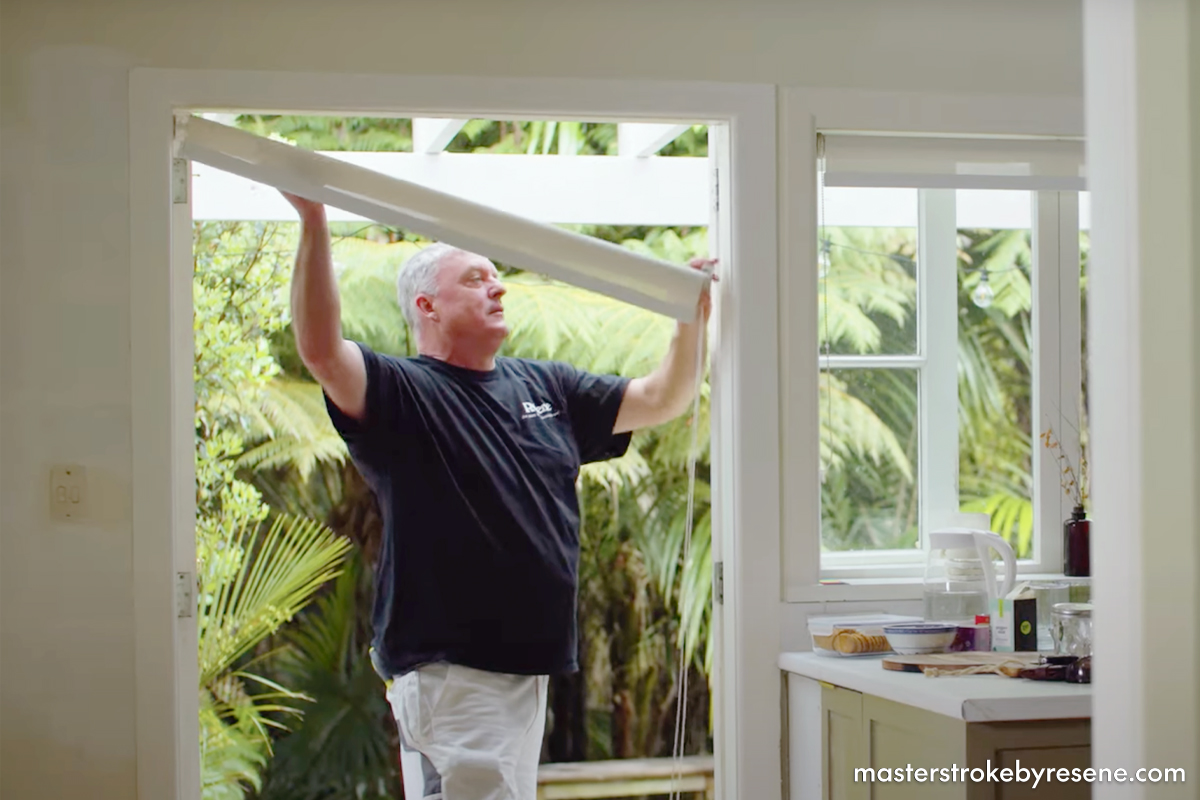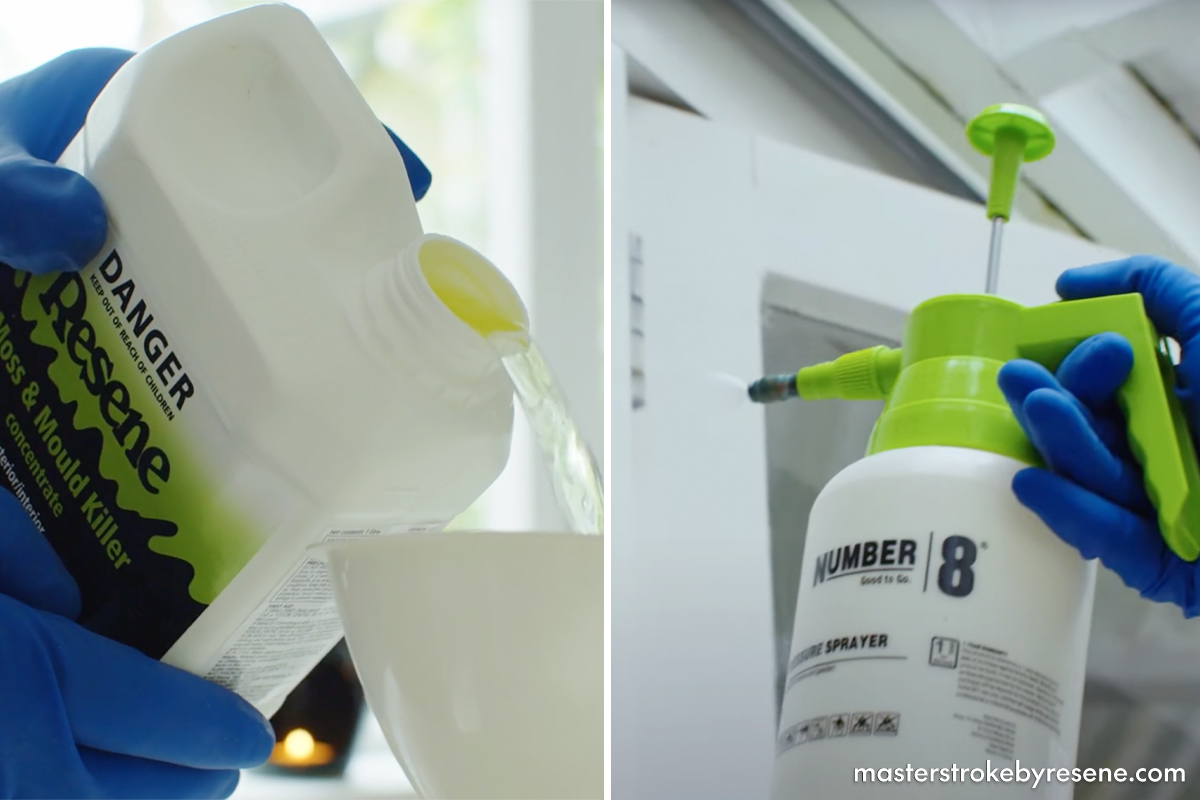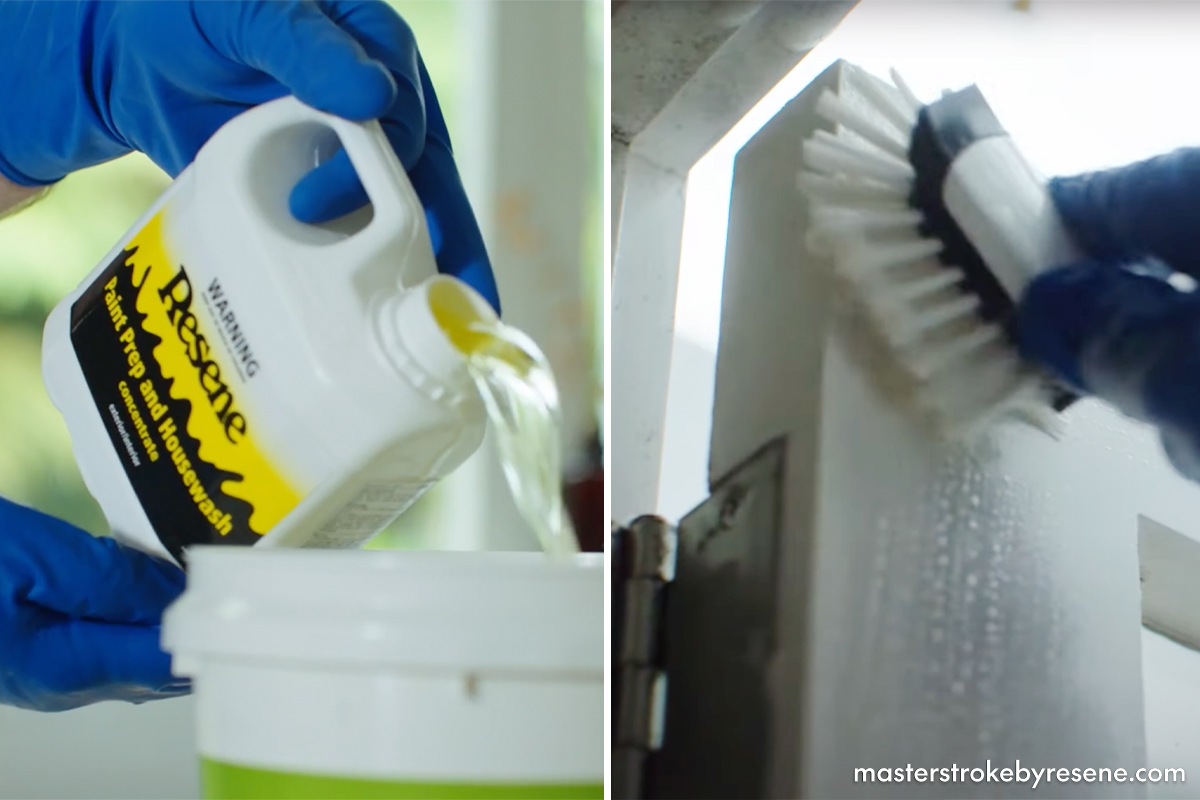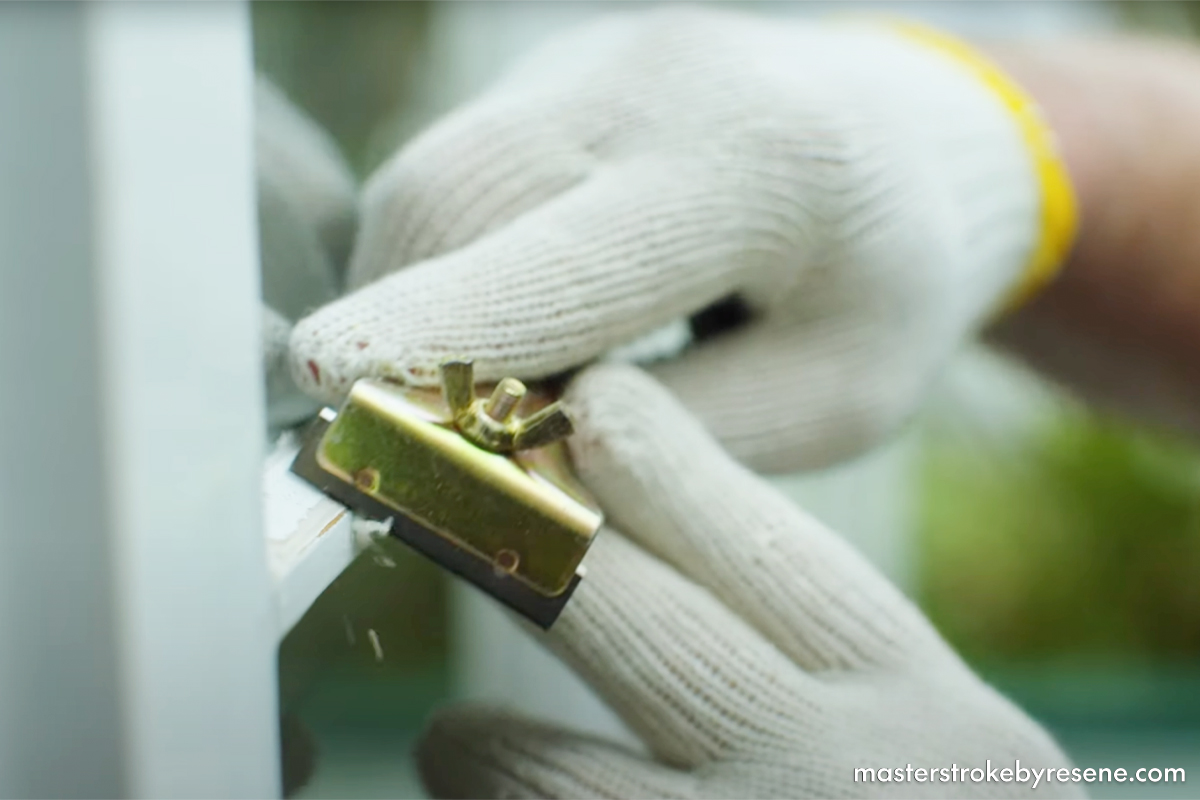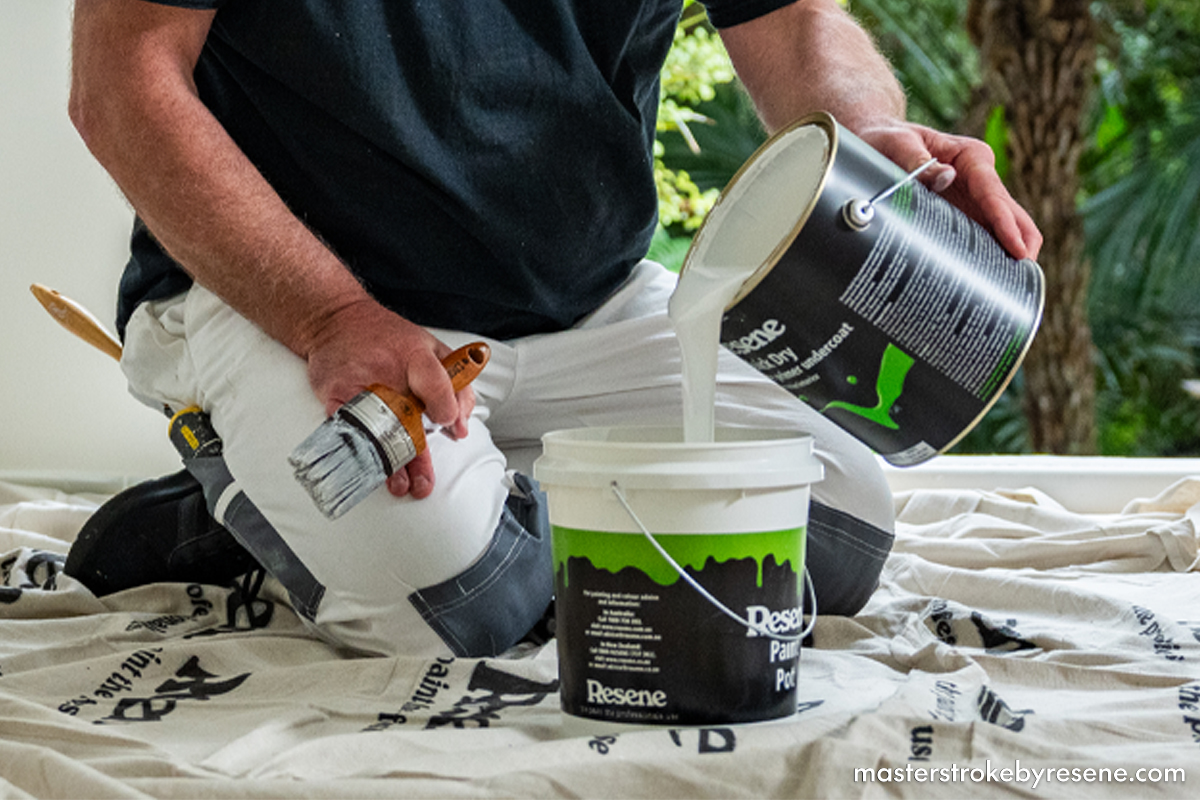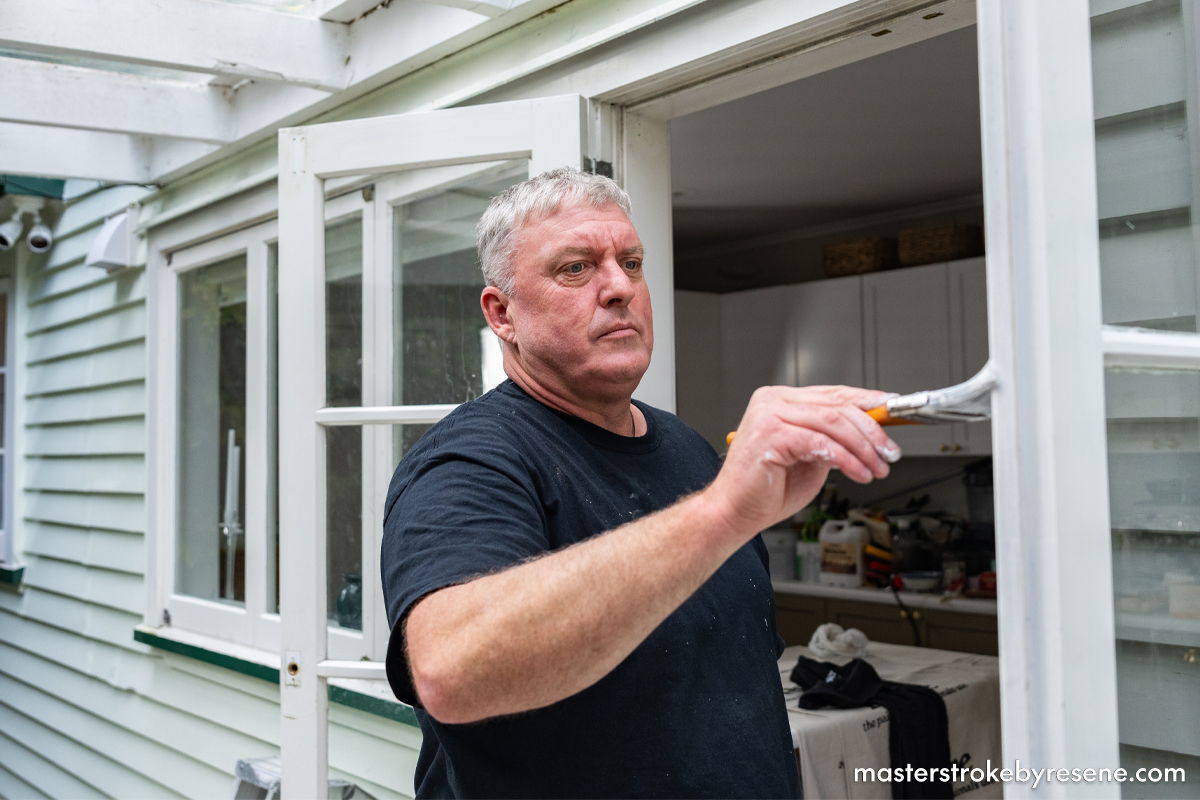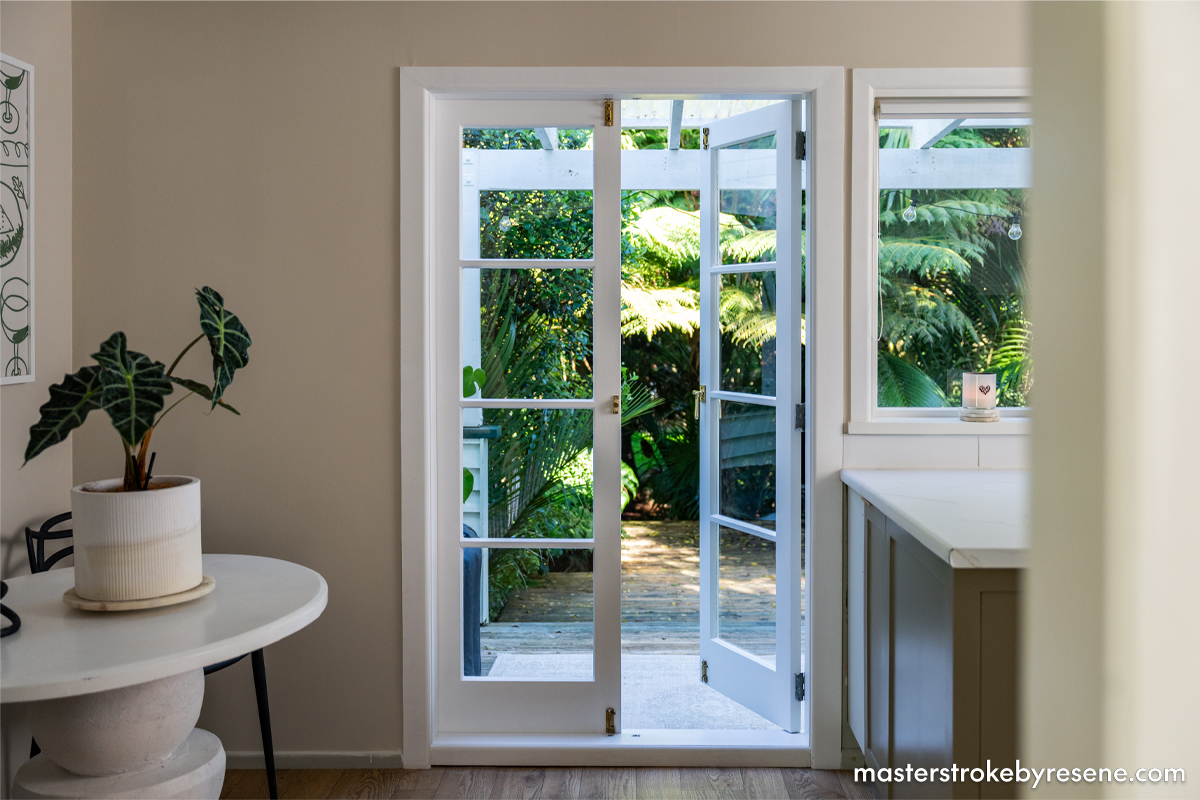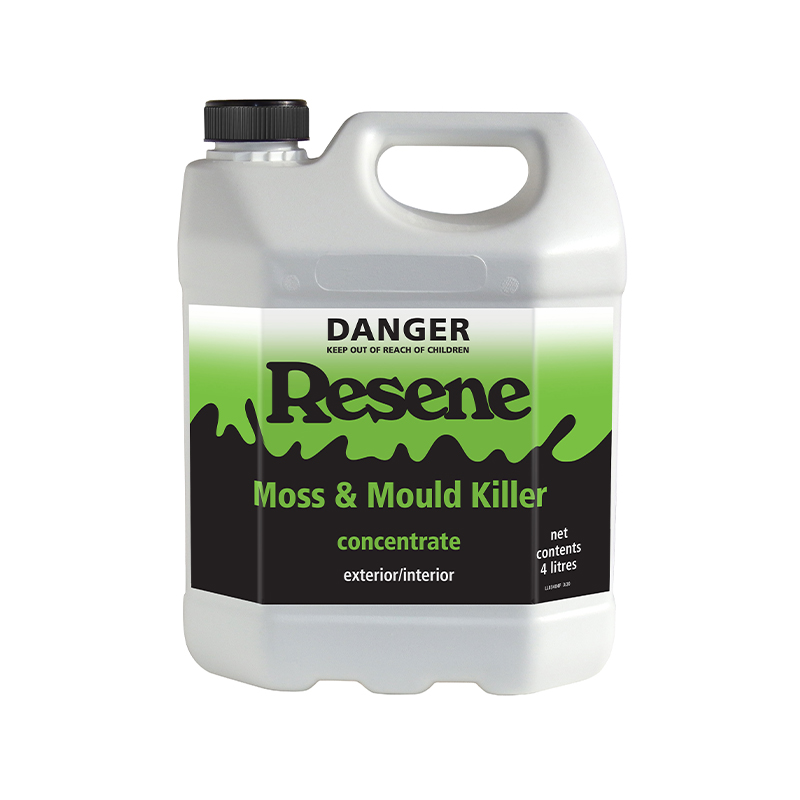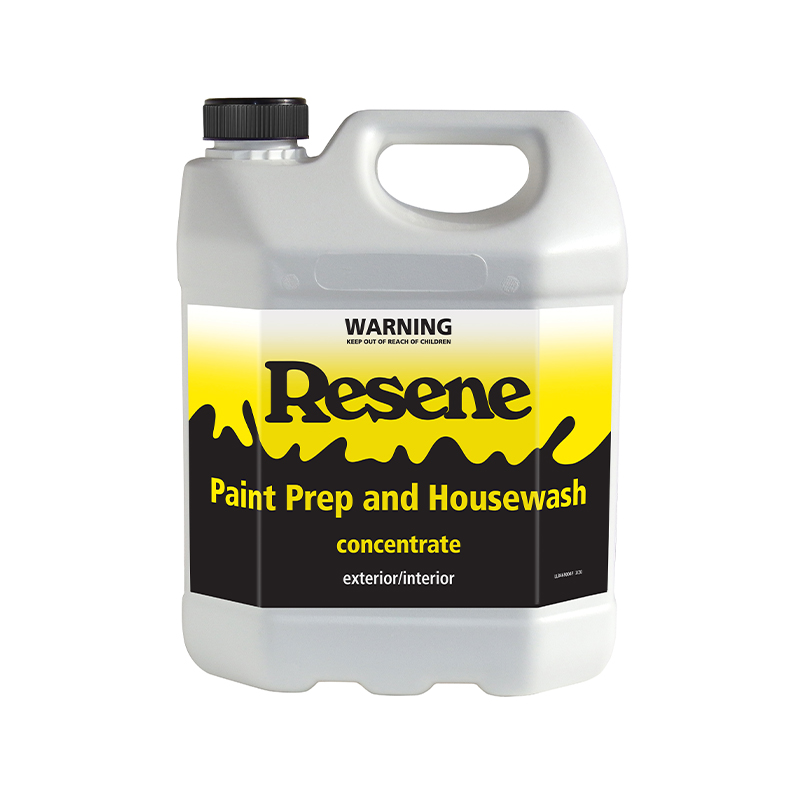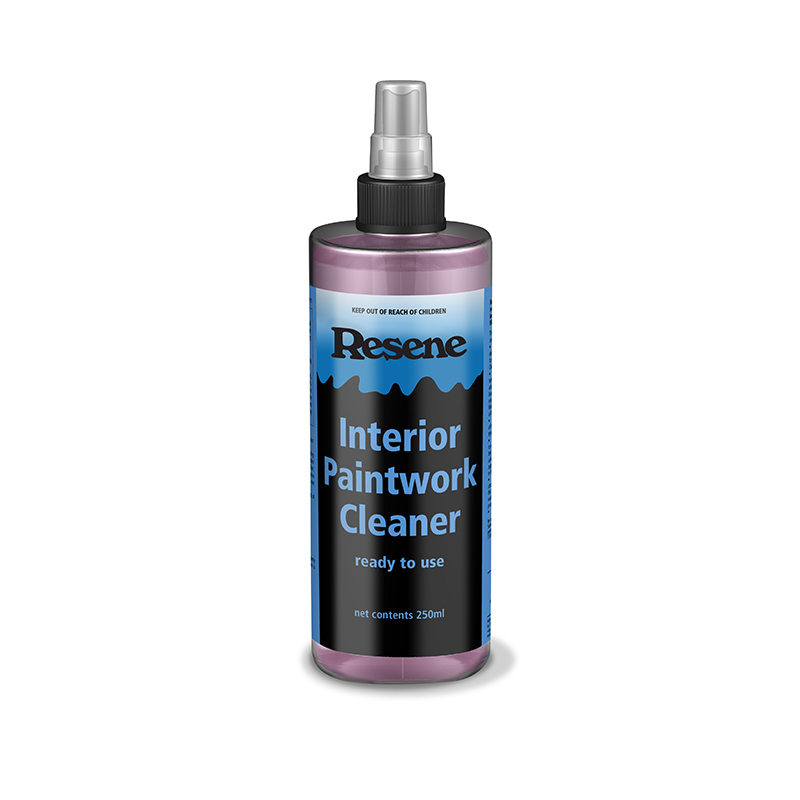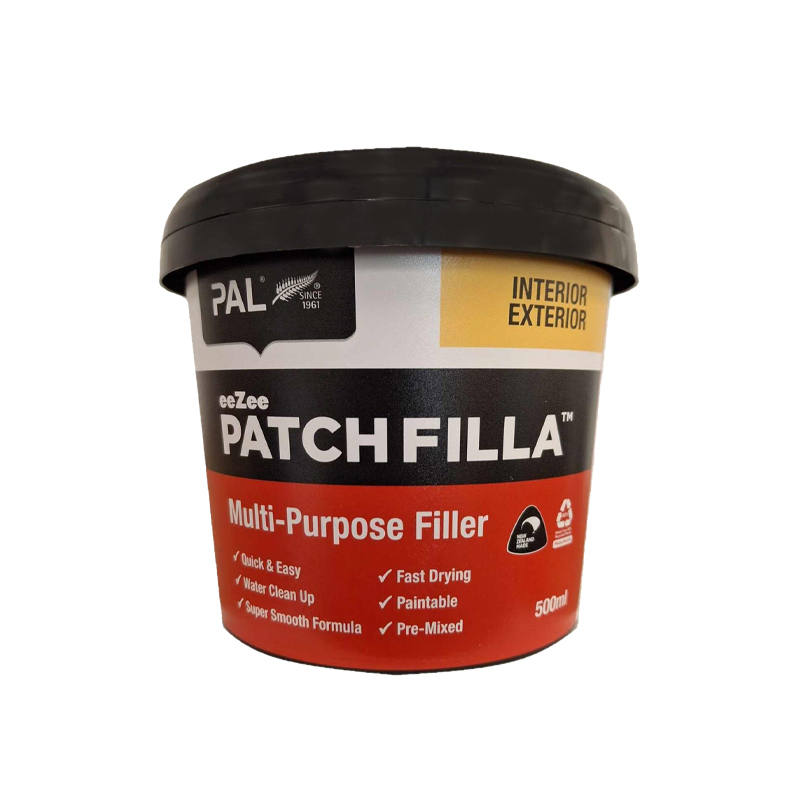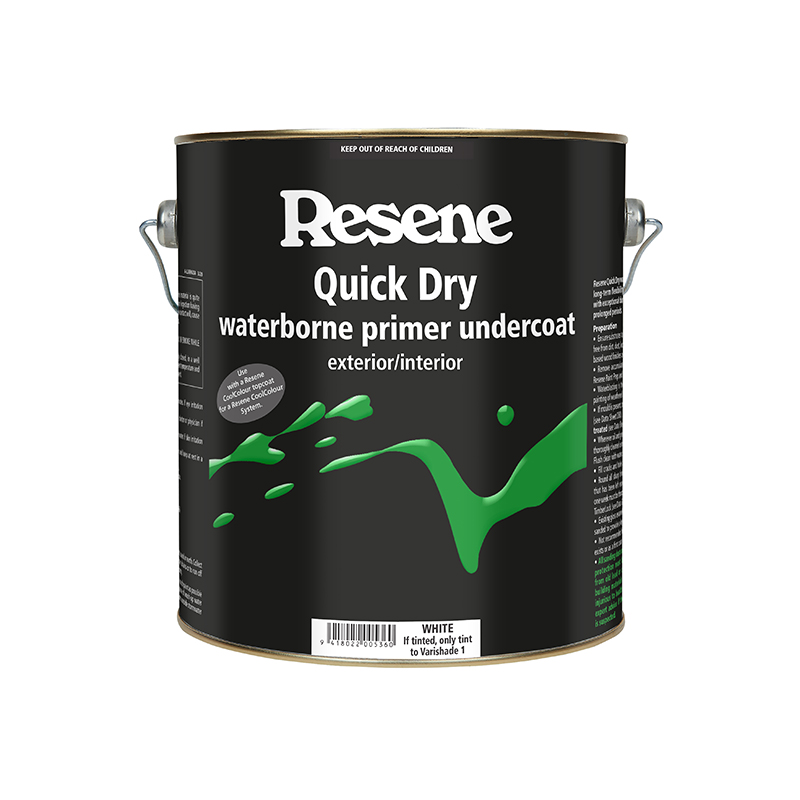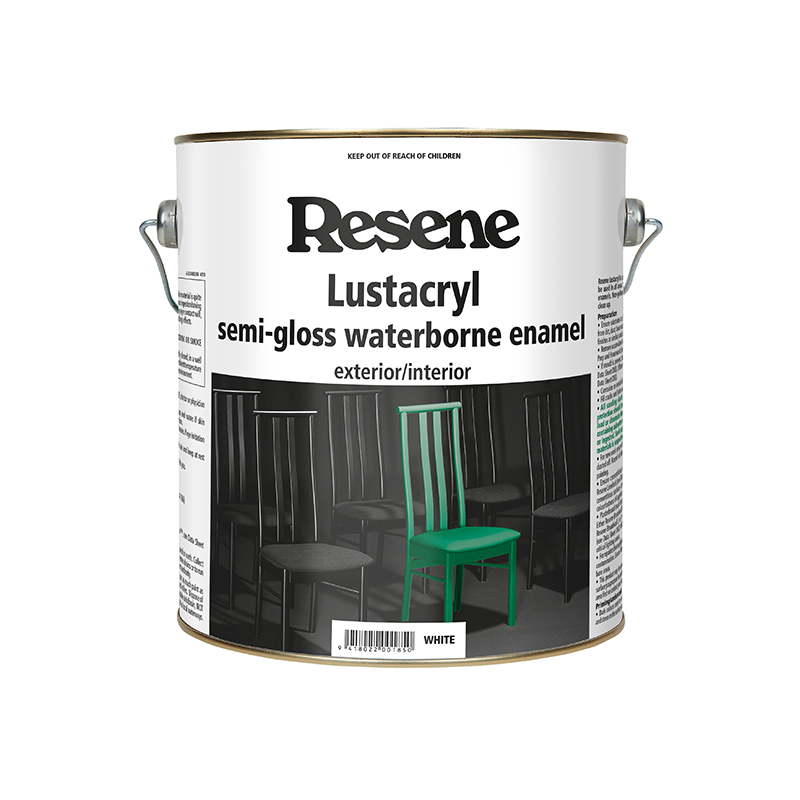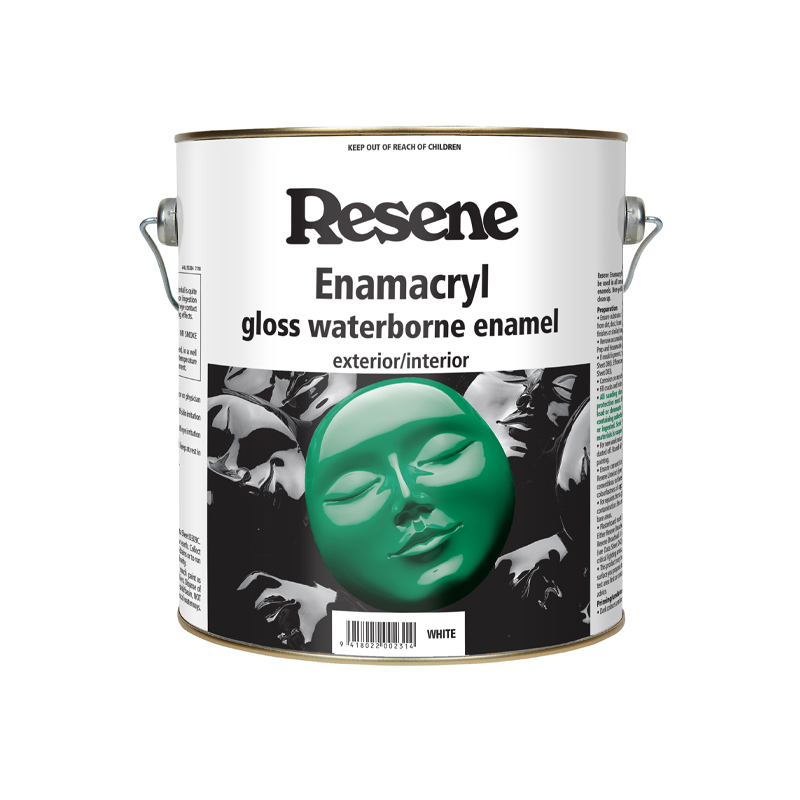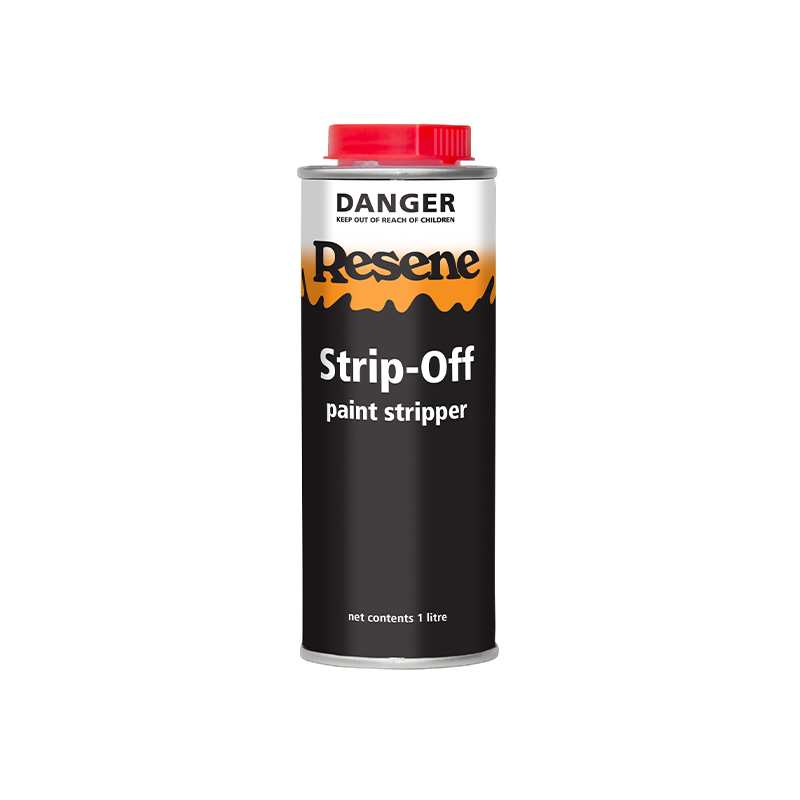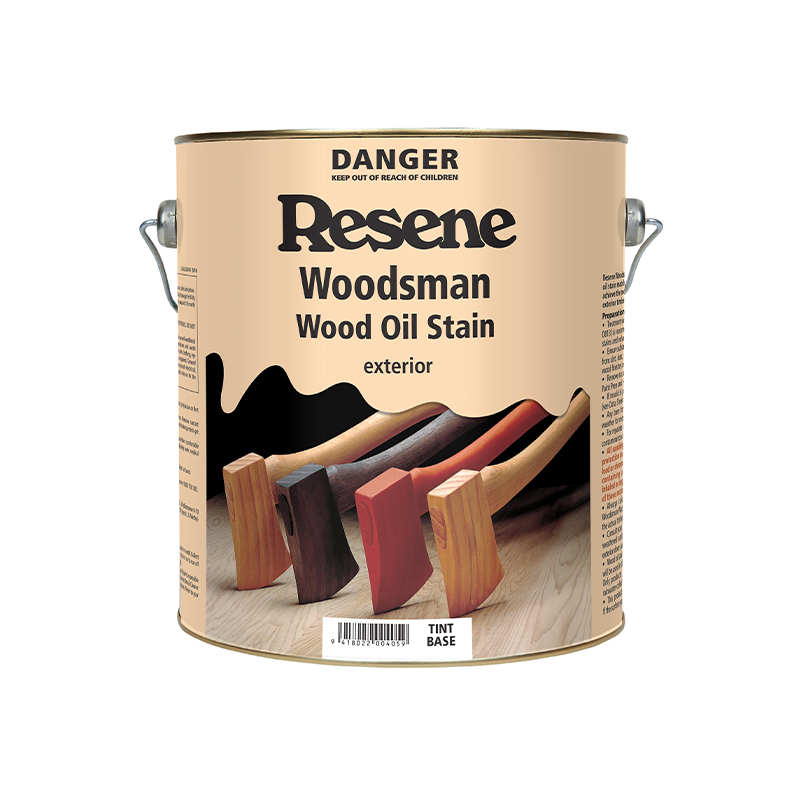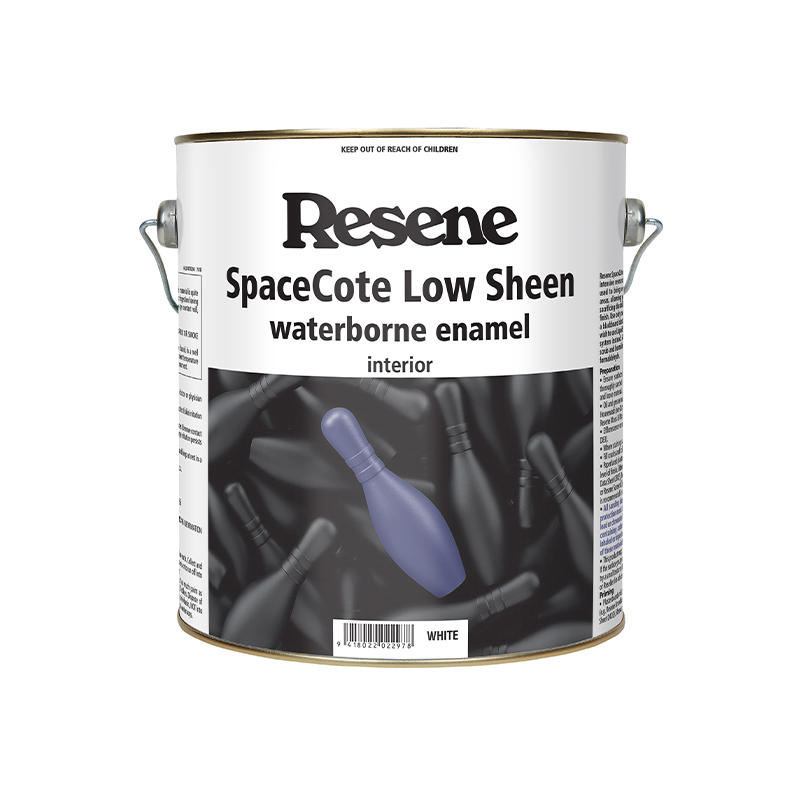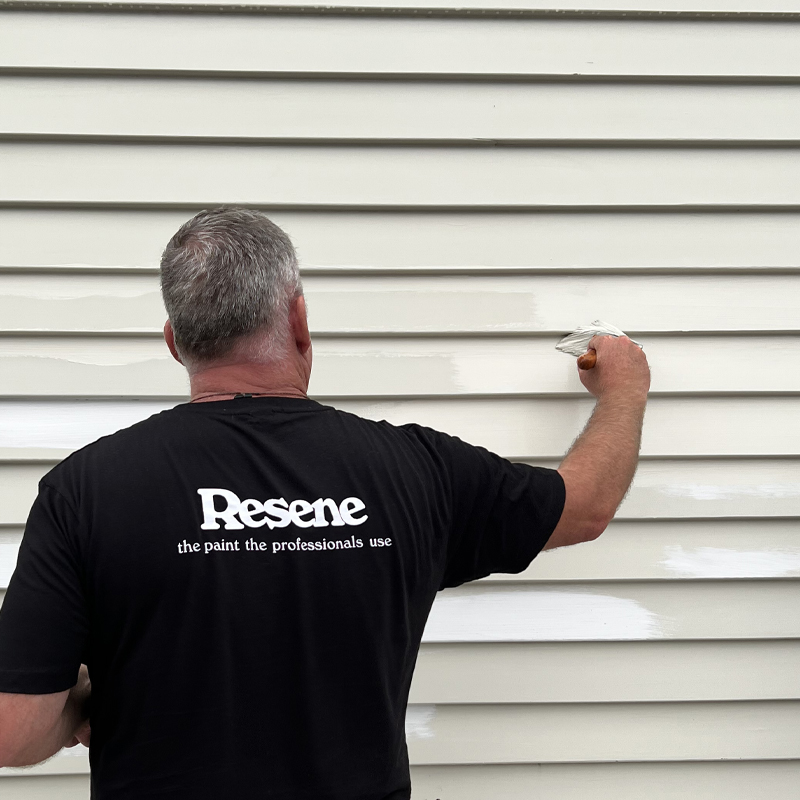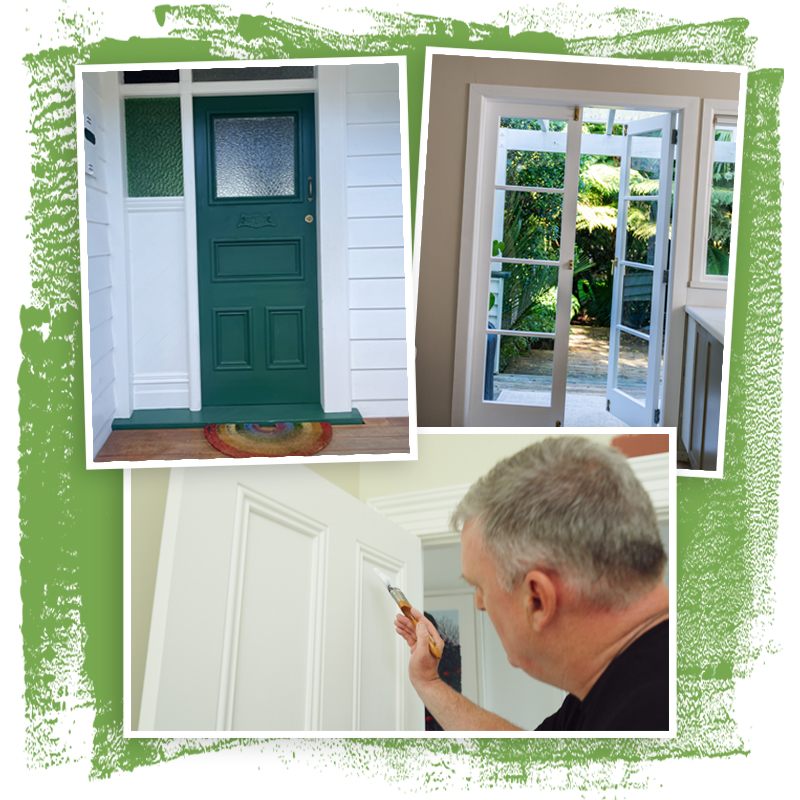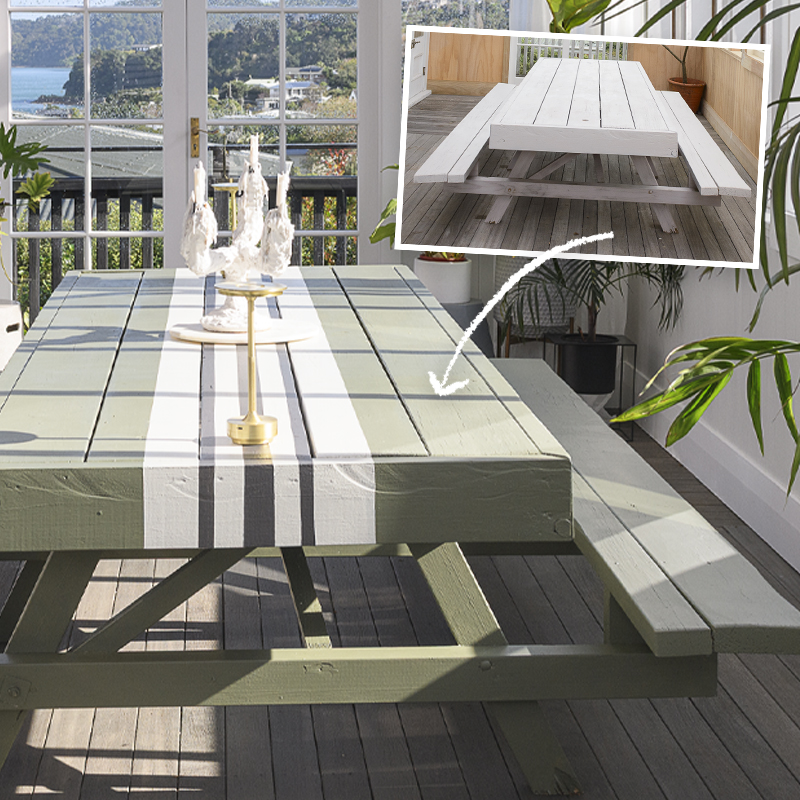French doors starting to look a bit worse for wear? You’ll be amazed at the difference a simple repaint can make, both inside and out. External timber doors experience lots of wear and tear in our homes, especially after a busy summer entertaining outside and coming in and out, so keeping on top of maintenance means they’ll look good for years to come.
Villas, bungalows and mid-century homes are crafted with timber that does require a little more upkeep than some more modern alternatives but can be easily managed with fresh coats of Resene paint.
Top tip: You can stain French doors if you prefer a more natural look with Resene Woodsman Wood Oil Stain. Make sure you remove all the existing stain or paint as any remnants of old stain or paint will affect how your new stain looks. If you decide to go for a darker colour use the Resene CoolColour version or your paint or stain to help reflect more heat.
Follow along as Resene Paint Expert Murdo Shaw shows how to clean, prep and paint your French doors – it’s the perfect job for a weekend.

